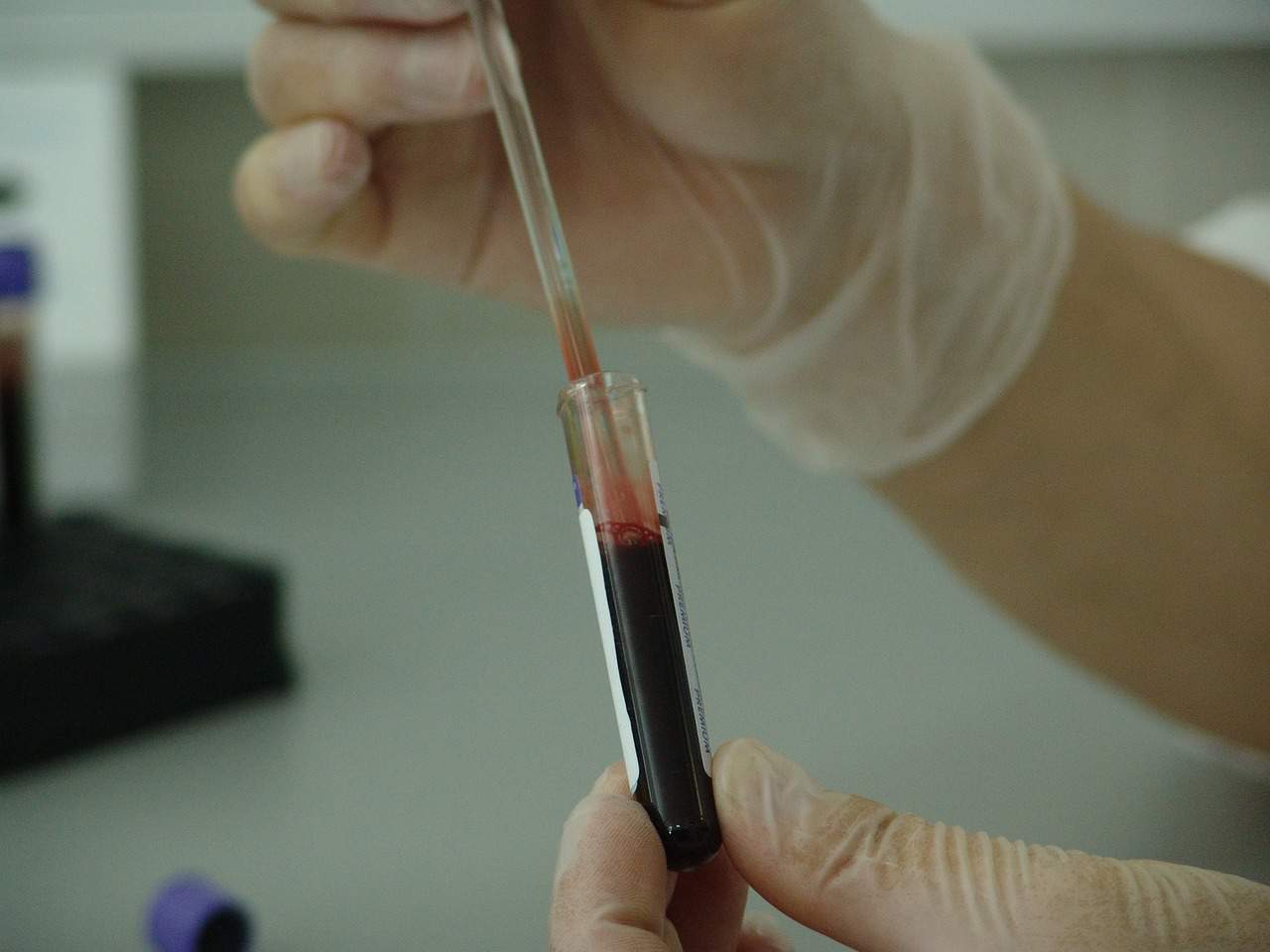Every three minutes in Chatsworth and elsewhere around the United States, someone is diagnosed with some type of blood cancer. At any given time, there are more than 1.5 million people either currently afflicted by it, or in remission from it. Approximately 33% of all these individuals will die within five years, even if they receive treatment. The purpose of this September being designated National Blood Cancer Awareness Month is to motivate researchers to discover better treatments, find earlier diagnoses, and to increase awareness of the dread disease. Senior care should include testing for blood cancers such as myeloma, leukemia, and lymphoma, so there is a better chance of finding an eventual cure for the individual. In this article, we’ll discuss the risk factors for contracting blood cancer, so you’ll know how your senior loved one is affected.
Risk factors for blood cancer
There are several factors that can increase the likelihood that a person will develop some kind of blood cancer. However, it is not currently known exactly why one person might contract blood cancer as opposed to any other individual. Here are some of the most common risk factors:
- exposure to radiation
- exposure to various types of chemicals
- compromised or weakened immune system, often due to infections
- history of blood cancer in your family
- conditions that were inherited and might contribute to blood cancer.
You’ll notice that the above list makes no reference to a person’s age, ethnicity, or other diseases. The only health issue that could contribute to developing a blood cancer is the possibility you have a damaged immune system. This means that seniors are no more likely to contract blood cancer than younger people, although it does increase the likelihood that they would have been exposed to something damaging in the past.
How blood cancer is diagnosed
Before making a diagnosis, your healthcare provider will probably want to schedule a thorough examination, and ask a few questions about your family medical history. It’s also possible your doctor will order blood tests and some types of imaging tests, so as to have a more complete picture of your status. If any specific type of blood cancer is suspected, that may influence the kinds of tests that are eventually administered. Here are some of the other common tests used to help diagnose blood cancer:
- bone marrow biopsy – the percentage of normal and abnormal cells in your bone marrow are measured, and any changes in the DNA of bone marrow cells are detected
- blood cell examination – blood cells can be examined under a microscope to identify changes in shape that have occurred. Smear tests can predict the presence of leukemia or lymphoma.
- PET scan – produces images of your organs and cells at work, and is often used to detect myeloma
- MRI scan – leukemia and lymphoma conditions affecting the spine can be identified using this kind of test
- CT scan – a computer and a series of X-Rays are used to create a 3-D image of bone and soft tissue. These images are then closely examined for any sign of myeloma.
- complete blood count – this does a simple count of blood cells, and will indicate whether red or white cells are too high or too low to be considered normal. Leukemia is often identified as a result of this particular test.
- blood chemistry test – by measuring the volume of chemicals and other substances in your bloodstream, indicators for blood cancer can be discovered and treated.
Treatment of blood cancers
The good news is that some types of blood cancers can now be cured, and treatments are far more effective now than they were just 20 or 30 years ago. The survival rate beyond five years has more than doubled and in some cases quadrupled, for some blood cancer victims. The best treatment of course is always prevention, and the best thing you can do in the way of prevention is to avoid infections. Infections have been identified as one of the triggers for the start of cancerous cells in the bone marrow and elsewhere. Here are some of the most effective treatments for blood cancer:
- immunotherapy – this treatment uses the immune system to fight cancer cells, either by making more healthy cells or by tracking down and killing the cancerous cells
- radiation – all three forms of blood cancer can be killed using radiation, and it is sometimes also used to reduce the severity of symptoms felt by patients
- chemotherapy – various drugs are used to kill off cancer cells
- CAR T-cell therapy – this form of treatment uses the T-cells (white blood cells) to fight cancer cells more effectively
- allogeneic stem cell transplants – replaces damaged bone marrow cells with healthy ones
- autologous stem cell transplants – this calls for bone marrow cells to be harvested prior to chemotherapy. After chemotreatment, the bone marrow cells are restored intact, not having suffered through exposure to the chemotherapy.

